|
|
Post by Roger on Aug 10, 2019 22:35:37 GMT
Here are a few additional shots from 2008 when it was first converted. This is how it was advertised when it was a manual machine 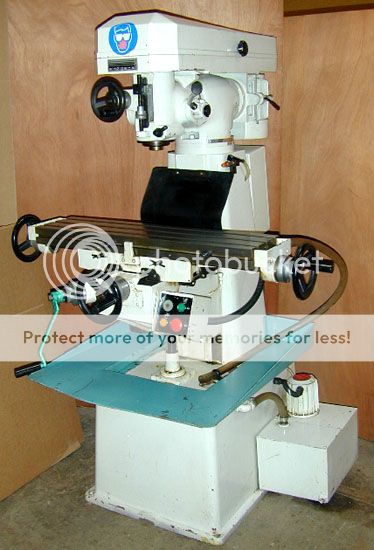 This is still the arrangement I still have. I generally use three speeds, leaving the top belt on the top position. 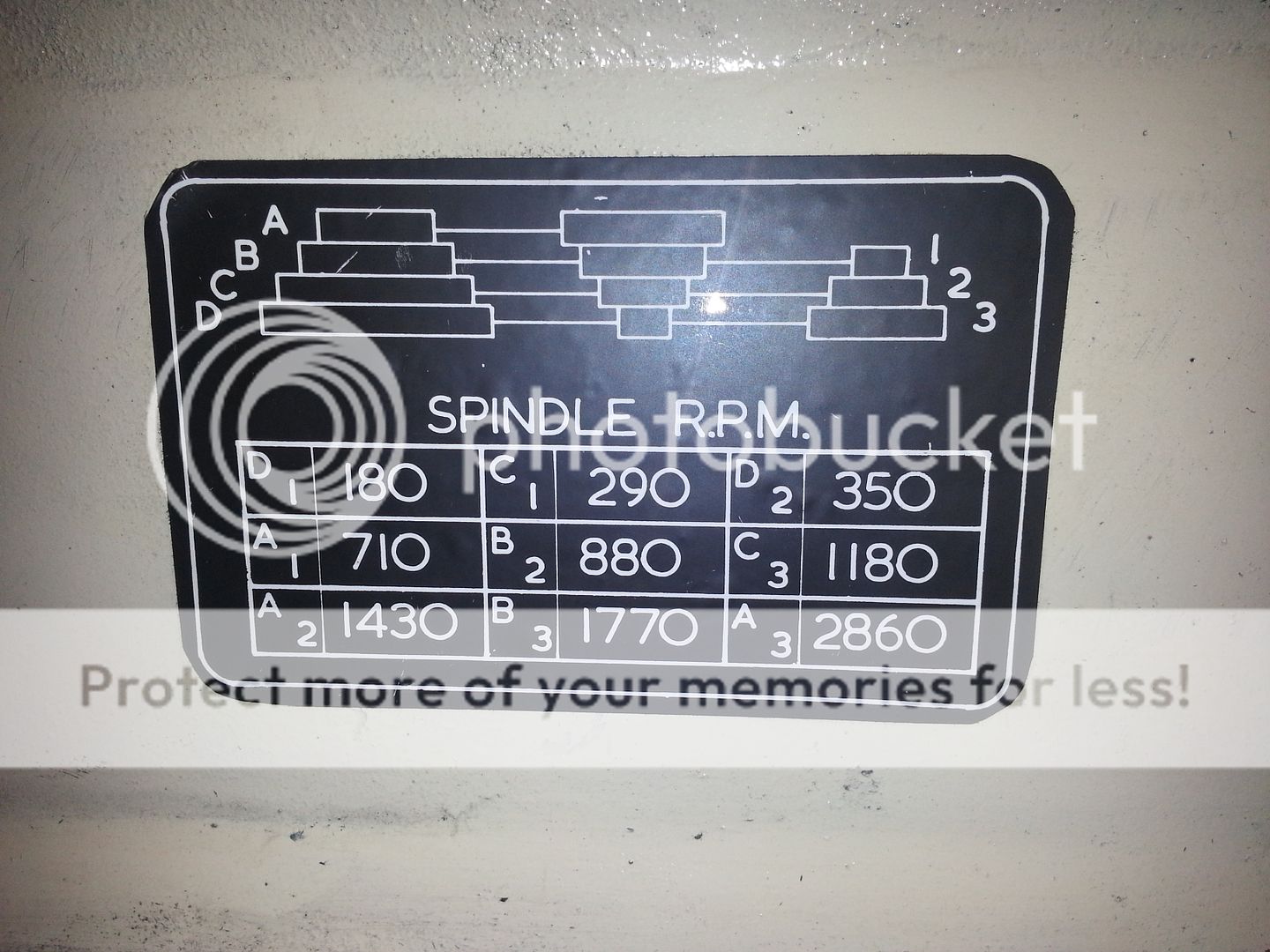 There's room for a 4-th axis amplifier which I have ready for that when the time comes. The spindle is controlled by the Control Techniques drive on the far left.  This isn't a great shot, but it shows the 24000RPM high speed spindle option I made for it. The drive is a motor from an industrial centrifuge that runs up to 9000RPM  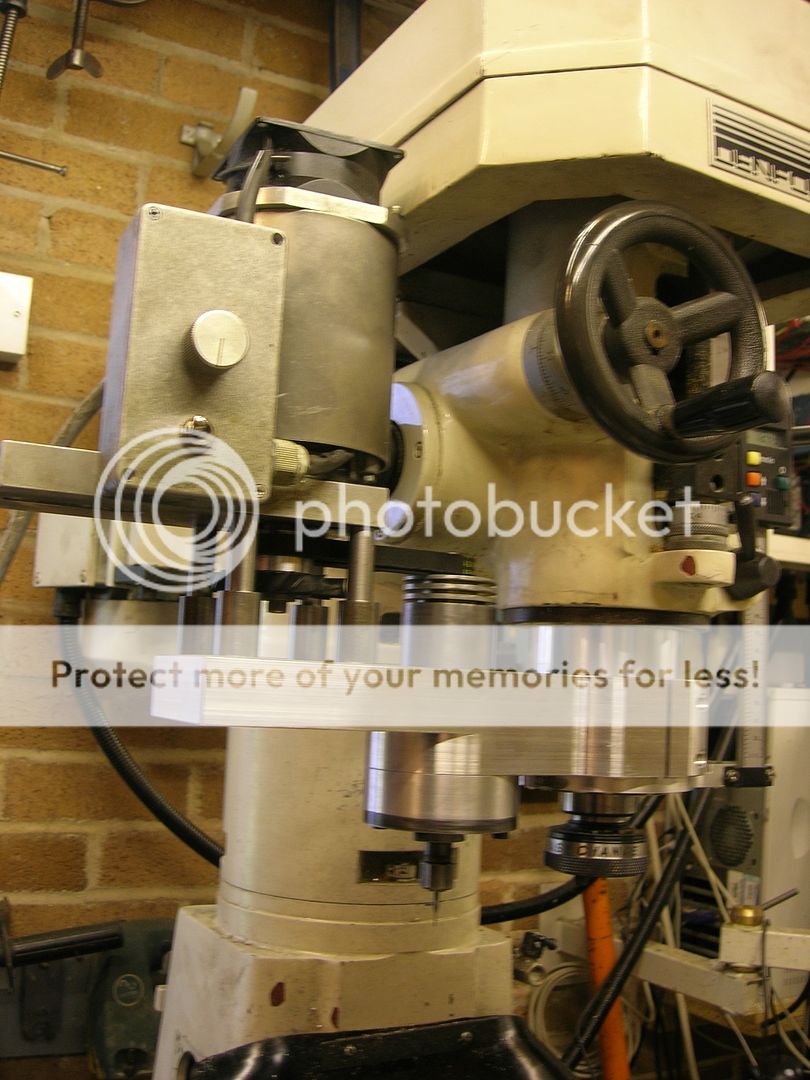 I've since added a permanently wired power supply to the DRO. To top of the scale had to be cut off with an elastic grinding wheel on the grinder. 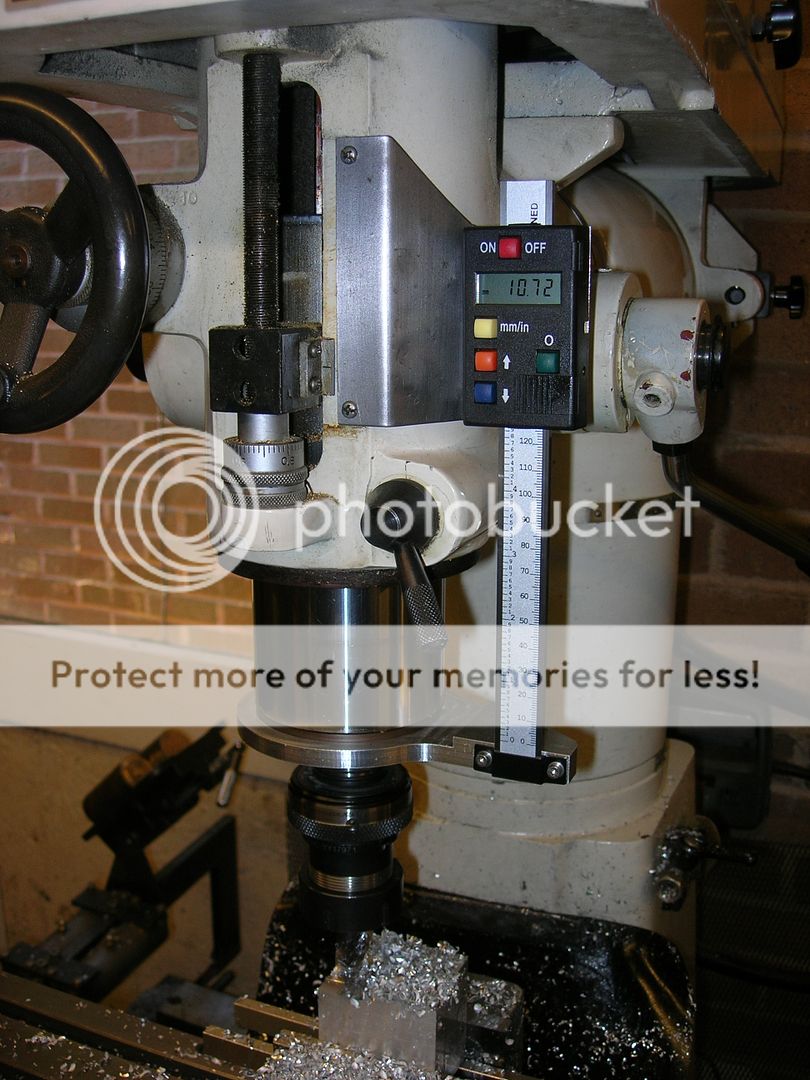 This is the newly made neck extender.  It was a real struggle doing all this work with just an engine hoist. 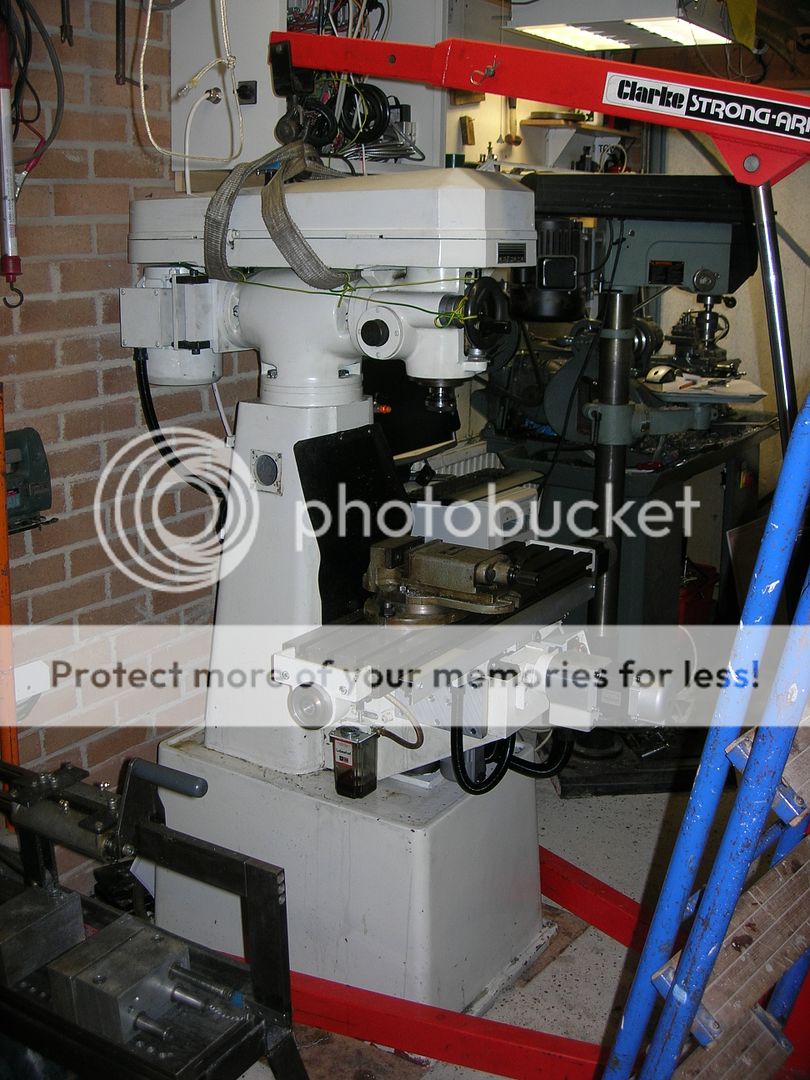  You can see what a difference that neck makes to the open height.  The rest are pictures of the original strip down.  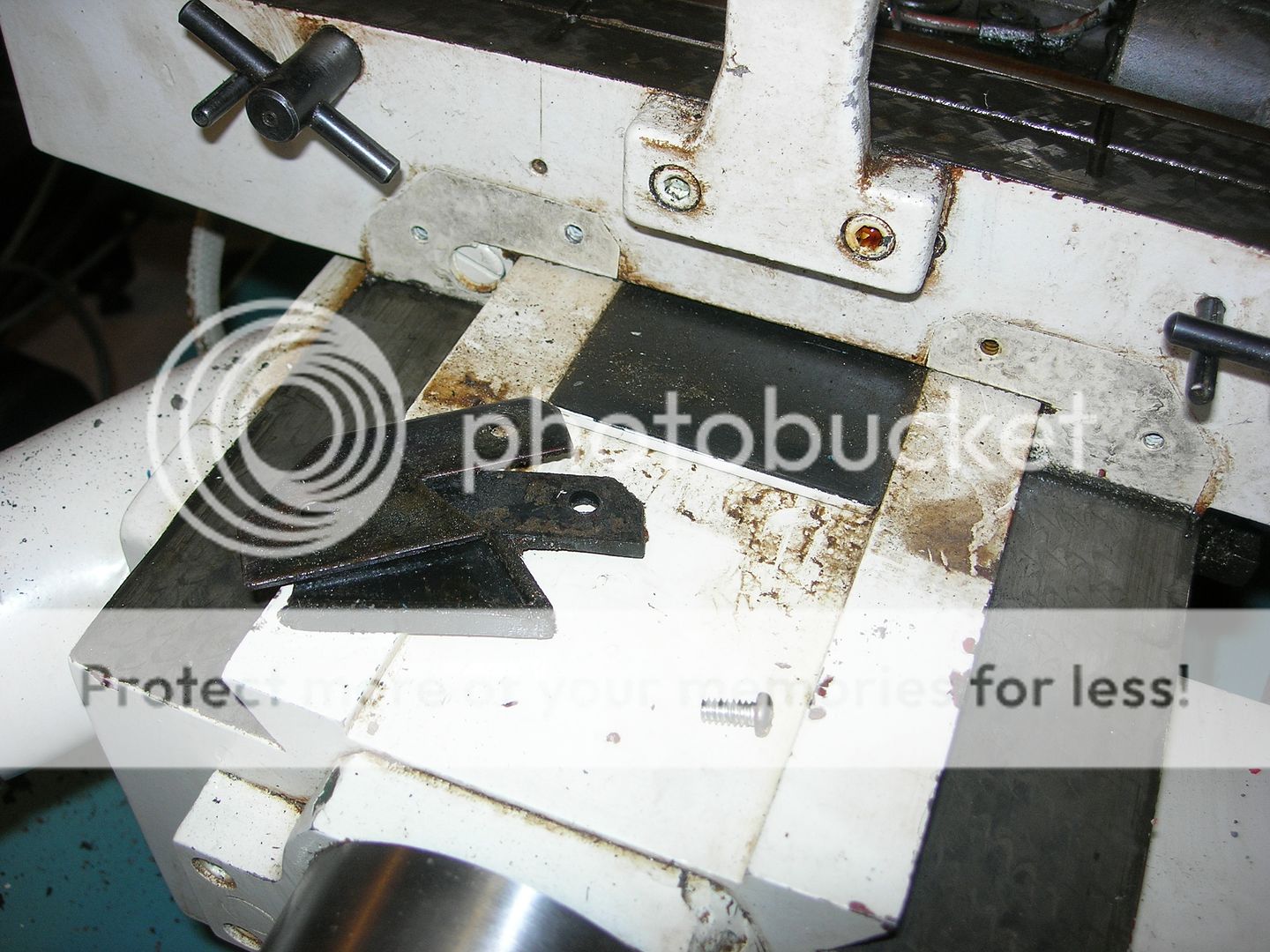 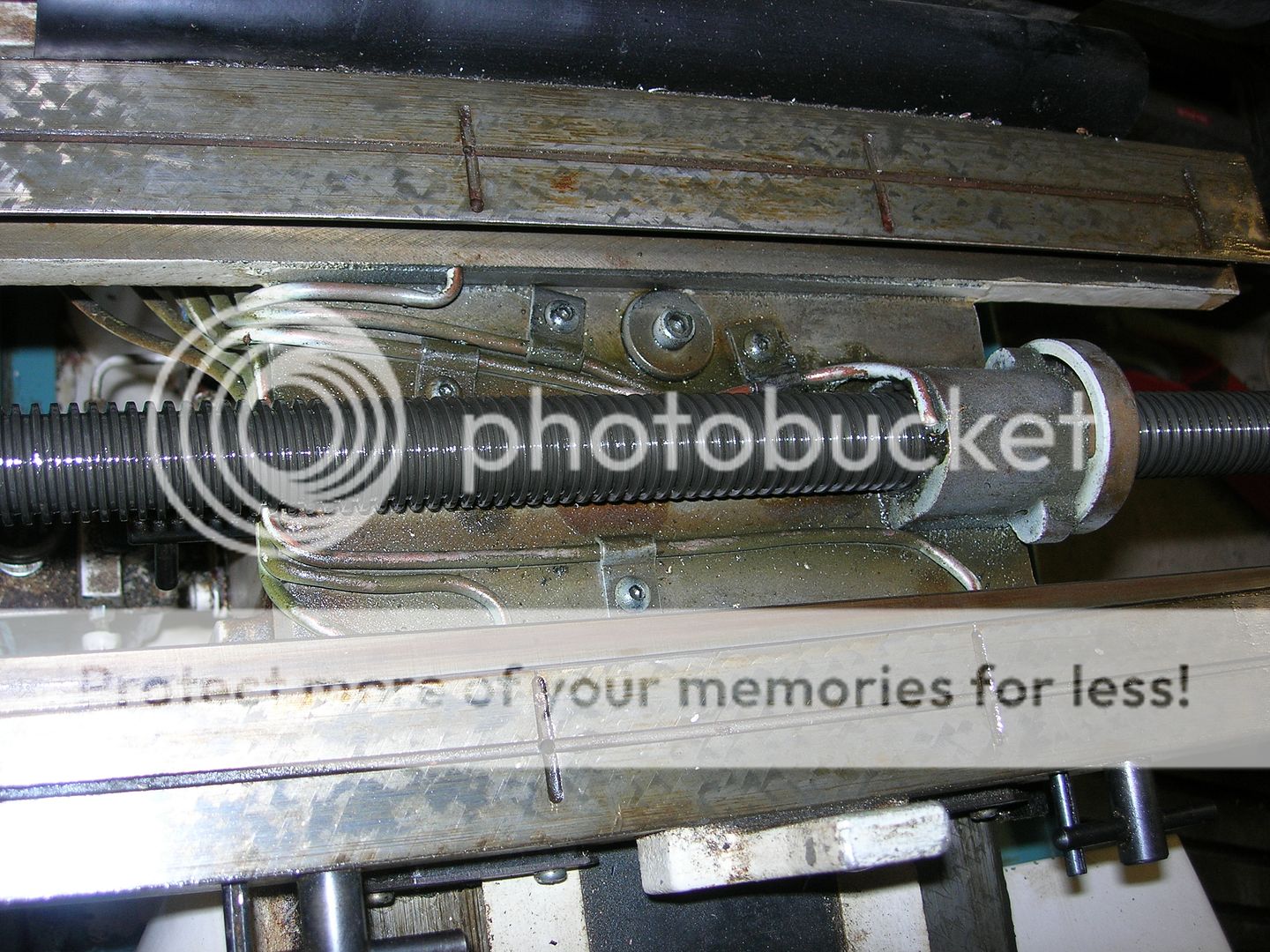 You can see how compact the original leadscrew nut was.   |
|
timo
E-xcellent poster
   Completing 3 1/2 Rainhill .Building 5" Railmotor and waiting to start 3 1/2" King
Completing 3 1/2 Rainhill .Building 5" Railmotor and waiting to start 3 1/2" King
Posts: 234
|
Post by timo on Aug 11, 2019 10:35:29 GMT
Roger, Fascinating - that is one impressive machine and it looks really rigid. 240,000 rpm - wow that is more than high speed, more like hyper speed. Lubrication must be special stuff. The spindle probably keeps the local wildlife away with the ultra sonics 
Do you find the 180 rpm too high for large flycutters or don't you use them?
Best Regards
Tim
|
|
|
|
Post by Roger on Aug 11, 2019 12:04:47 GMT
Roger, Fascinating - that is one impressive machine and it looks really rigid. 240,000 rpm - wow that is more than high speed, more like hyper speed. Lubrication must be special stuff. The spindle probably keeps the local wildlife away with the ultra sonics 
Do you find the 180 rpm too high for large flycutters or don't you use them?
Best Regards
Tim
Hi Tim, That's one extra zero on the RPM, but it's still fast enough. I don't use it much because it means either setting up the job twice for the two spindles, or doing it with one. Don't forget that I've got a frequency converter on the motor, so those are the top speeds for those ratios. For something like a fly cutter or sitting saw I did use the lower ratios though. |
|
timo
E-xcellent poster
   Completing 3 1/2 Rainhill .Building 5" Railmotor and waiting to start 3 1/2" King
Completing 3 1/2 Rainhill .Building 5" Railmotor and waiting to start 3 1/2" King
Posts: 234
|
Post by timo on Aug 11, 2019 12:35:18 GMT
Hi Tim, That's one extra zero on the RPM, but it's still fast enough. Whoops! Must remember to my glasses on. Even 24,000 rpm is fast though.
Tim |
|
|
|
Post by runner42 on Aug 16, 2019 4:18:27 GMT
Hi Roger,
you have provided a lot to digest, so if I am asking about an issue you have already addressed then I am going to put it down the fact that my age I can't keep too much in my head at one go. I am curious about the new neck extender, what was the purpose of doing this modification? Was it to increase the Z axis height or to provide a more robust column to reduce chatter. The as delivered picture shows this part covered by a black corrugated swarf protector so I can't gauge if it is increasing the height of the column.
Brian
PS Looking closer to the original configuration I realise that you have increased the Z axis by a fair amount. How does this modification affect the stiffness of the column?
|
|
|
|
Post by Roger on Aug 16, 2019 8:23:42 GMT
Hi Roger, you have provided a lot to digest, so if I am asking about an issue you have already addressed then I am going to put it down the fact that my age I can't keep too much in my head at one go. I am curious about the new neck extender, what was the purpose of doing this modification? Was it to increase the Z axis height or to provide a more robust column to reduce chatter. The as delivered picture shows this part covered by a black corrugated swarf protector so I can't gauge if it is increasing the height of the column. Brian PS Looking closer to the original configuration I realise that you have increased the Z axis by a fair amount. How does this modification affect the stiffness of the column? Hi Brian, The problem with most small mills is that by the time you've put a vice on the bed and a chuck in the spindle, the maximum open height can be a bit restrictive. If you put a drill chuck with a 12mm drill in it, you've got next to nothing left on my machine without the extender. It's all a compromise, it does slightly impact on the rigidity of the machine, but mine is made from solid Steel bar so not by much. I elected to have as big an open height as possible, the compromise being that using the smallest cutters on thin material mounted on the bed sometimes means the quill won't extend far enough to reach. You may have noticed that I often use my 2x4x6 blocks to raise sheet metal jobs off the bed for this reason. I think it's a compromise worth having because you can reduce the open height easily enough for a job, but you can't increase it. |
|